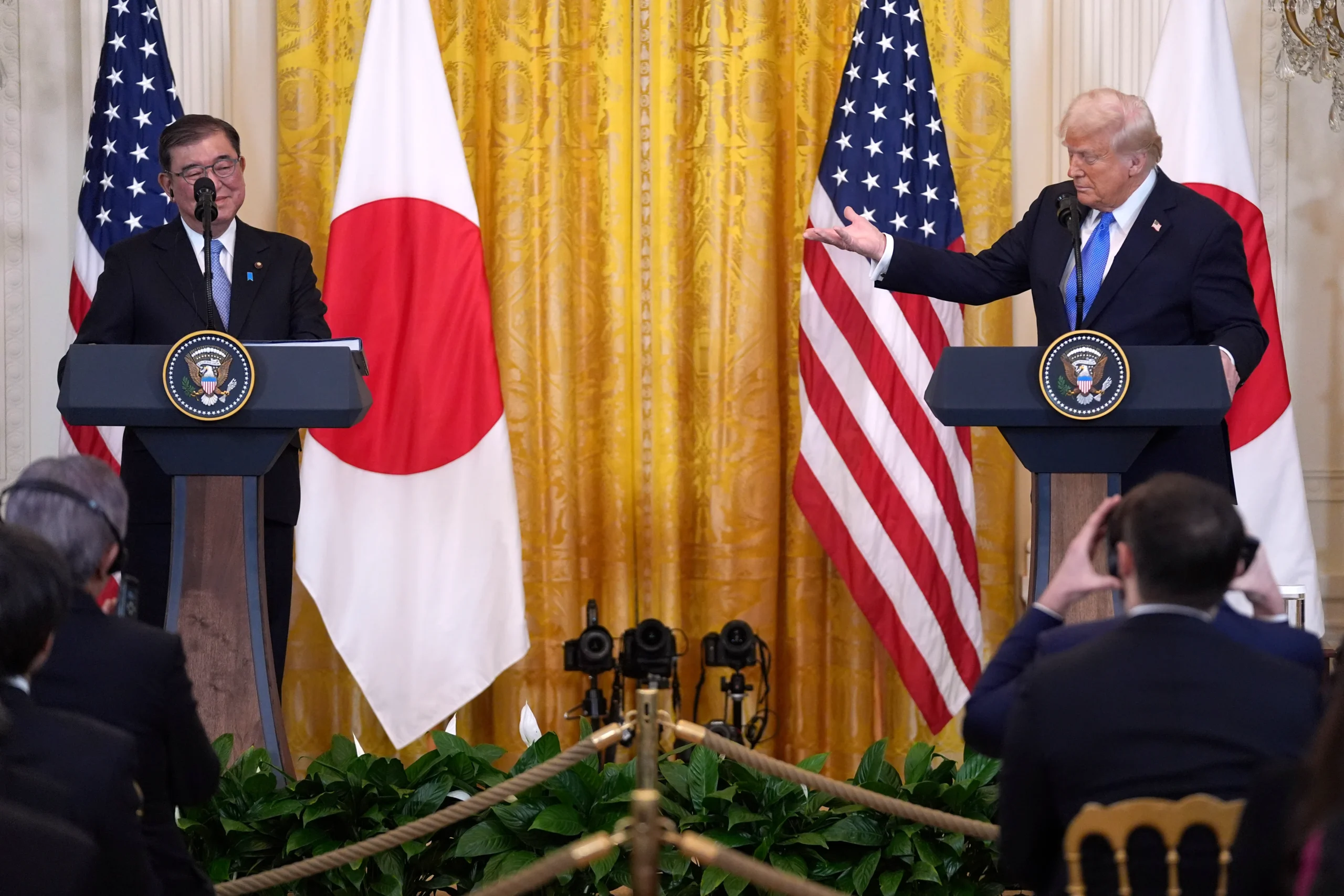
President Donald Trump announced the United States has reached what he describes as a “massive” trade agreement with Japan, one of America’s largest trading partners.
Under the agreement, Japan will invest $550 billion in the US while facing a 15% tariff on goods exported to America, below the 25% rate Trump had previously threatened. Trump stated that Japan would open its economy to US products including cars, trucks, rice and agricultural goods.
Japanese Prime Minister Shigeru Ishiba welcomed the announcement, noting it represented “the lowest figure to date among countries with trade surpluses with the US.”
“I just signed the largest trade deal in history, I think maybe the largest deal in history with Japan,” Trump declared at a White House event Tuesday evening. He emphasized that negotiations involved Japan’s “top people” and resulted in “a great deal for everybody.”
Ishiba confirmed Wednesday that US tariffs on Japanese vehicles and parts would decrease to 15% from 25%. However, this rate exceeds the 10% Trump imposed on Japan and other countries when he suspended higher reciprocal tariffs between April and July.
Japan’s automotive sector represents a quarter of its US exports and accounts for nearly 3% of the country’s economy. In 2019, automotive shipments were valued at $410 billion, according to the US International Trade Administration.
Ishiba highlighted that Japan became “the first in the world to reduce tariffs on cars and auto parts without any quantity restrictions.” For comparison, UK cars face a 10% US tariff but are limited to a 100,000 vehicle quota.
The agreement does not include Japanese tariff reductions on US goods.
American automakers expressed dissatisfaction with the deal, which reduces tariffs on Japanese imports while maintaining 25% taxes on imports from their Canadian and Mexican operations. Matt Blunt, president of the American Automotive Policy Council representing Ford, General Motors and Stellantis, called the Japan agreement “a bad deal.”
The BBC has contacted the White House and Japan’s Washington embassy for additional details.
Trump also announced trade agreements with the Philippines, establishing a 19% tariff rate on Filipino imports.
Shigeto Nagai from Oxford Economics described Japan’s 15% tariff rate as “the best compromise at this stage.” He noted that Japan’s planned US investment “will be a huge boost to restore the US, fitting in with Trump’s story of reviving US manufacturing with more jobs.”
Earlier this month, Trump threatened Japan with 25% tariffs if no trade deal was reached by August 1st. His April tariff plan targeting multiple US trading partners was suspended for 90 days following global market disruption, allowing Tokyo time for negotiations.
Japan ranks as the world’s fourth-largest economy behind the US, China and Germany, ahead of India, the UK and France, according to World Bank data.
Japan’s Nikkei 225 index rose over 3% Wednesday in Tokyo, with significant gains for automotive companies including Toyota, Nissan and Honda.
The deal emerges as Ishiba faces pressure to resign after his Liberal Democratic Party lost its upper house majority in weekend elections, having already lost control of Japan’s more powerful lower house last year.

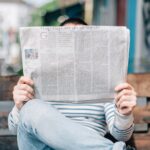
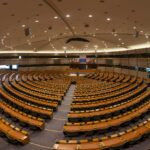
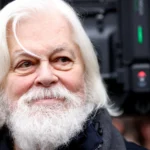

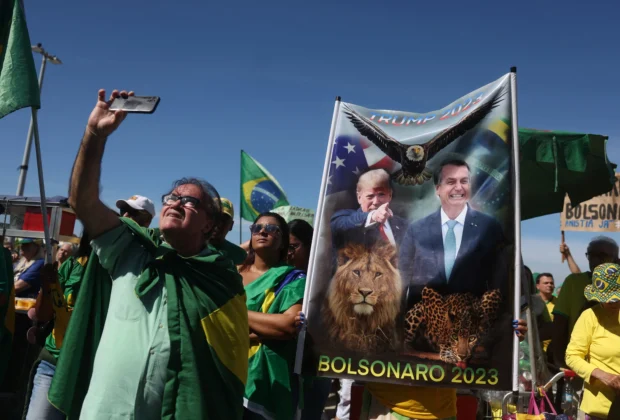
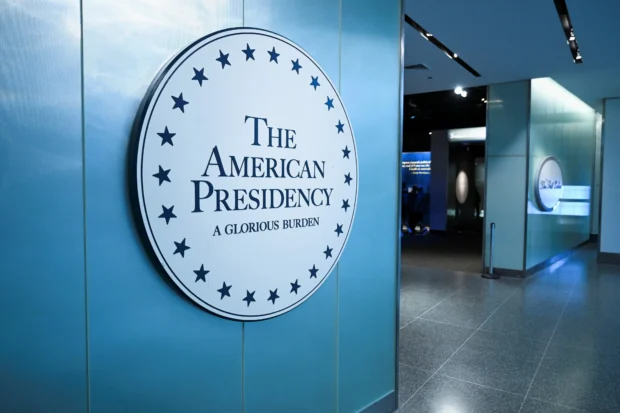
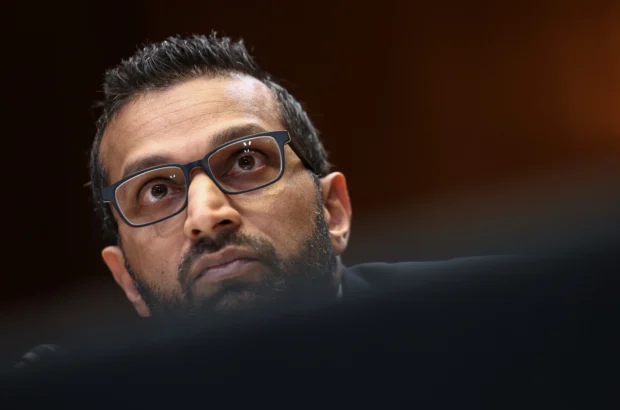
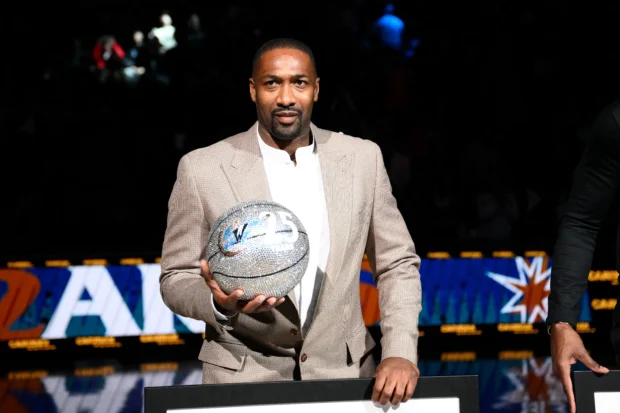
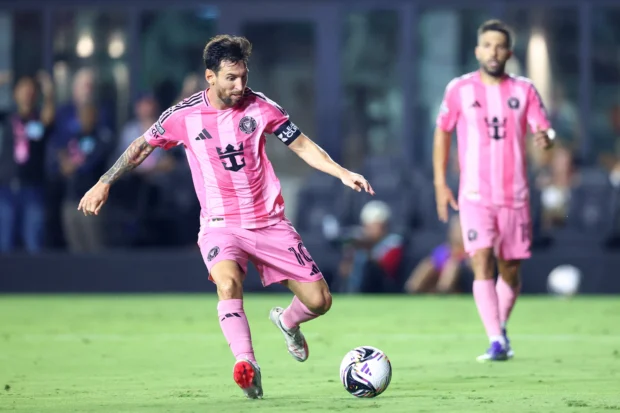
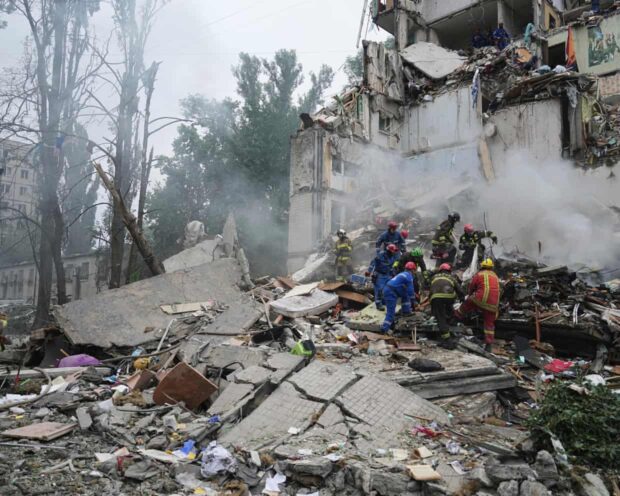

Be the first to leave a comment